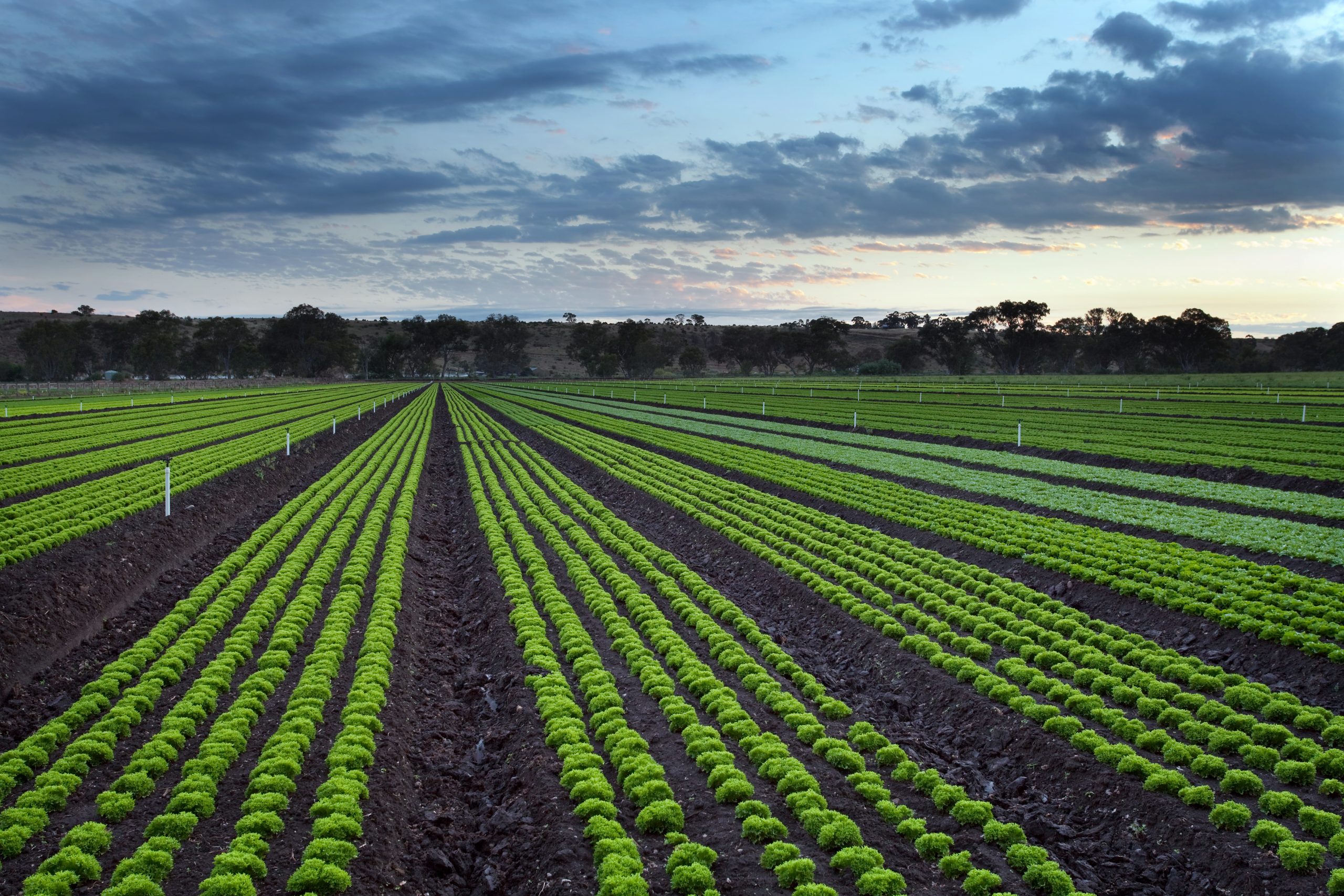Providing a snapshot of the Australian vegetable industry
Project VG15077 is a strategic levy investment under the Hort Innovation Vegetable Fund that results in the production of annual economic surveys of the vegetable industry, which include comprehensive production and financial performance data, production intentions and issues of interest to industry stakeholders. In September 2019, Vegetables Australia reported on some of the findings.
Every year, Hort Innovation funds the Australian Bureau of Agricultural and Resource Economics and Sciences (ABARES) to profile the economic performance of Australian vegetable-growing farms. This data helps create an accurate picture of the vegetable industry. In September 2018, ABARES published the latest information covering the performance of vegetable-growing farms in 2016-17. The results were for farms included in the Australian vegetable-growing industry survey, which has been conducted annually by ABARES since 2007.
A food source
Vegetable growing is the fourth highest value agricultural industry in Australia, accounting for around six per cent of the gross value of agricultural production ($3.9 billion) in 2016-17.
Over the past 10 years, the total number of vegetable-growing farms has fallen by 31 per cent. Most of this decline was largely a result of a decline in the number of small vegetable-growing farms planting less than 20 hectares. In 2016- 17 an estimated 2,600 Australian farms were classified as vegetable-growing farm businesses. Around 25 per cent of these farms were in New South Wales, 24 per cent in Queensland, 19 per cent in Victoria, 11 per cent in South Australia, 11 per cent in Tasmania and 10 per cent in Western Australia.
From 2007-08 to 2016-17, average unit prices received for vegetables and unit costs of production both increased, but the average margin received has fluctuated slightly over time. The cost of labour makes up a considerable proportion of total costs for all vegetables, ranging from around 26 per cent for potatoes to over 42 per cent for tomatoes.
Selling produce
In 2016-17, nearly one-half of all vegetable growers sold their produce to a wholesale vegetable market in their state. Around 27 per cent of vegetable-growing farms across all states sold their produce direct to processors. Tasmania also had a relatively high proportion selling vegetables direct to food service channels (30 per cent).
Very large vegetable-growing farms with more than 70 hectares of vegetables crop under production were more likely to sell their produce directly to processors or retailers than other vegetable growers. Smaller vegetable-growing farms with less than five hectares planted to vegetables sold most of their produce at wholesale markets or directly at the local markets.
Growers were also asked about value adding to their products. Value adding includes a wide range of activities, including pre-packaging, pre-processing or pre-prepared meals in response to changing consumer habits. An estimated 56 per cent of vegetable-growing farms engaged in some level of value adding to their produce in 2016–17. However, only eight per cent of vegetable-growing farms indicated an intention to undertake more value adding activities on their farms in the future compared to one-third of farms a decade earlier.
Further opportunities
Improved technical and farm management skills through education and training can generate substantial returns when organisations employ the new skills and knowledge productively.
Around two-thirds of vegetable-growing farmers were involved in training and education-related activities to improve their farm management and technical skills over the year from 1 July 2016 to 30 June 2017.
Attending demonstration sites or field days was the most popular training choice among vegetable-growing farms during this period. An estimated 62 per cent of vegetable growers attended field days to improve their farm management and technical skills. Around 21 per cent of vegetable-growing farms attended workshops and around 18 per cent attended conferences, while approximately six per cent of vegetable growers attended other activities like agronomist visits, discussions with input suppliers such as seedling, fertiliser and chemical providers, and overseas trainings/research.
A higher proportion of larger vegetable growers attended training activities compared with small vegetable growers. Research on pest and disease management and higher-yielding varieties were most commonly identified as important to vegetable growers in 2016-17. Around 40 per cent of vegetable growers perceived high quality products as a key growth opportunity.
Find out more
Please click here for further details.
Financial performance of Australian vegetable farms 2016-2017 to 2018-2019 has been funded by the vegetable research and development levy, with co-investment from the Department of Agriculture and Water Resources and contributions from the Australian Government.
Project Number: VG15077

